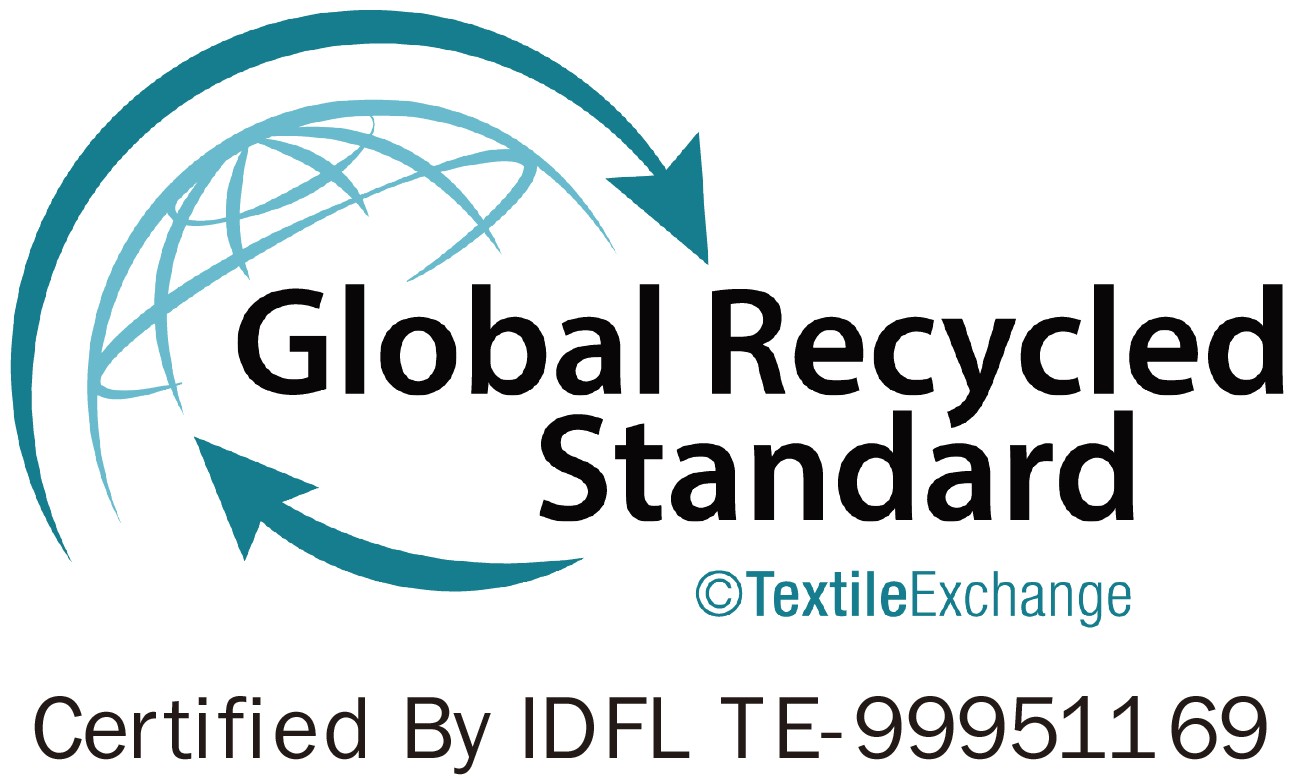Discover the fascinating transformation of nylon waste into a valuable resource with our in-depth look at the nylon recycling process. As a responsible manufacturer, we are committed to sustainability and innovation, driving change with our GRS (Global Recycled Standard) certified recycled nylon.
The GRS certification highlights our rigorous adherence to environmental and social standards, ensuring transparency and traceability throughout the process. We carefully source post-consumer and post-industrial nylon waste to begin the journey of recycled nylon.
Our dedication to innovation allows us to create recycled nylon suitable for diverse applications, including office furniture, automotive components, and more. Join us as we delve into the detailed process that breathes new life into nylon waste.

Understanding Nylon
Before we delve into the recycling process, it's important to understand what nylon is. Created in the 1930s, nylon is a type of plastic belonging to the family of polyamides, renowned for its strength and elasticity. It's extensively used in various industries, from fashion to automotive, making it a ubiquitous presence in our daily lives.
The Need for Recycling Nylon
The downside of nylon's widespread use is its environmental footprint. Nylon production is energy-intensive and relies on petrochemicals, which contributes to carbon emissions and global warming. Furthermore, when nylon products reach the end of their lifespan, they can linger in landfills for centuries or, worse, pollute our oceans and harm wildlife. Recycling nylon is not just about waste reduction; it's about preserving ecosystems and reducing the demand for raw materials.
The Nylon Recycling Process: Step by Step
Recycling nylon is a multi-step process that transforms waste into a resource. Here's how it works :
1.Collection and Sorting
The nylon recycling process commences with the collection of nylon waste, encompassing materials like fishing nets. These nets, often abandoned in the ocean, pose a severe threat to the environment. The collected nets are then subjected to a rigorous sorting process to eliminate impurities and non-plastic components. Ensuring that only nylon is processed during this stage is paramount to preventing contamination from other materials within the recycling stream.


2.Cleaning
After sorting, the nylon waste undergoes a rigorous cleaning process to remove any dirt, oils, or contaminants. This ensures the purity of the material for the subsequent steps in the recycling process.
3.Shredding
Clean nylon waste is shredded into smaller pieces or fibers using specialized machinery.
4.Melting and Pelletizing
Crushed fishing net or nylon scrap is heated to its melting point, turning it into a molten state. The molten fishing net is converted into plastic pellets through an extruder.

5.Processing into Industrial Components
The mechanically recycled nylon, now in its polymer form, is melted and processed using techniques like injection molding or extrusion. This process creates the desired components, such as bases or armrests of office chairs, parts of car engines, or sporting goods.
This process can transform discarded nylon into industrial components of equal quality. Recycled nylon's applications have proven to be wide and varied.

The Benefits of Recycled Nylon
Choosing recycled nylon has significant environmental advantages :
- Reduced Resource Use : Recycled nylon production requires 90% less water and 50-70% less energy compared to virgin nylon.
- Lower Greenhouse Gas Emissions : The process significantly lowers carbon emissions by 50%~90%.
Challenges in Nylon Recycling
While beneficial, nylon recycling comes with challenges :
- Quality Variations : The quality of recycled nylon can fluctuate depending on the process and material sources.
- Technical Costs : The process can be costly due to the technicality.
- Recyclability Limitations : Not all nylon products are recyclable, and the blend of materials can make the recycling process more complex
Read more:Seamless Quality : Vertically-Integrated Manufacturing for High-Quality Recycled Nylon
Ensuring Quality and Sustainability in Recycled Nylon
In the realm of recycled nylon, it is crucial to recognize that not all suppliers guarantee the same level of quality assurance. At Rebornplas, we take pride in setting a higher standard. Our recycled nylon stands out with a commitment to traceability, transparency, and the availability of certificates.We understand that discerning customers seek not just environmentally friendly options but also those backed by accountability.
We hold prestigious certifications such as the ISO 14064-1:2018 Certification and ISO 14067:2018 Certification, demonstrating our focus on monitoring and reporting carbon emissions. Our recycled nylon reduces greenhouse gas emissions by 90% compared to virgin nylon, which gives our customers' products a competitive edge.
As you consider your choices for sustainable materials, let our commitment to quality and environmental responsibility guide you.Click below to explore our range of recycled nylon by ocean plastic, complete with traceability, transparency, and the assurance of certification. Discover the benefits of recycled nylon and choose a sustainable future! Contact Us today.





